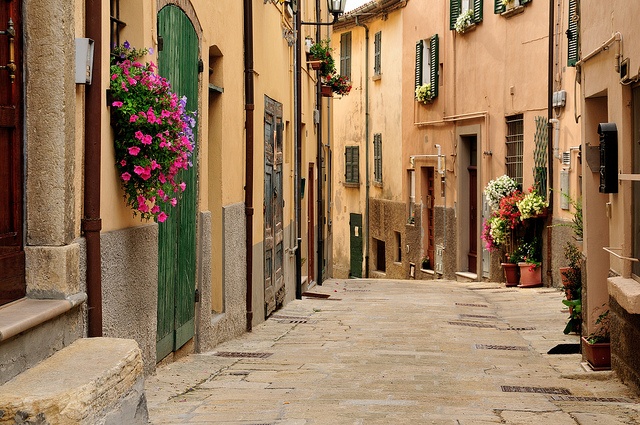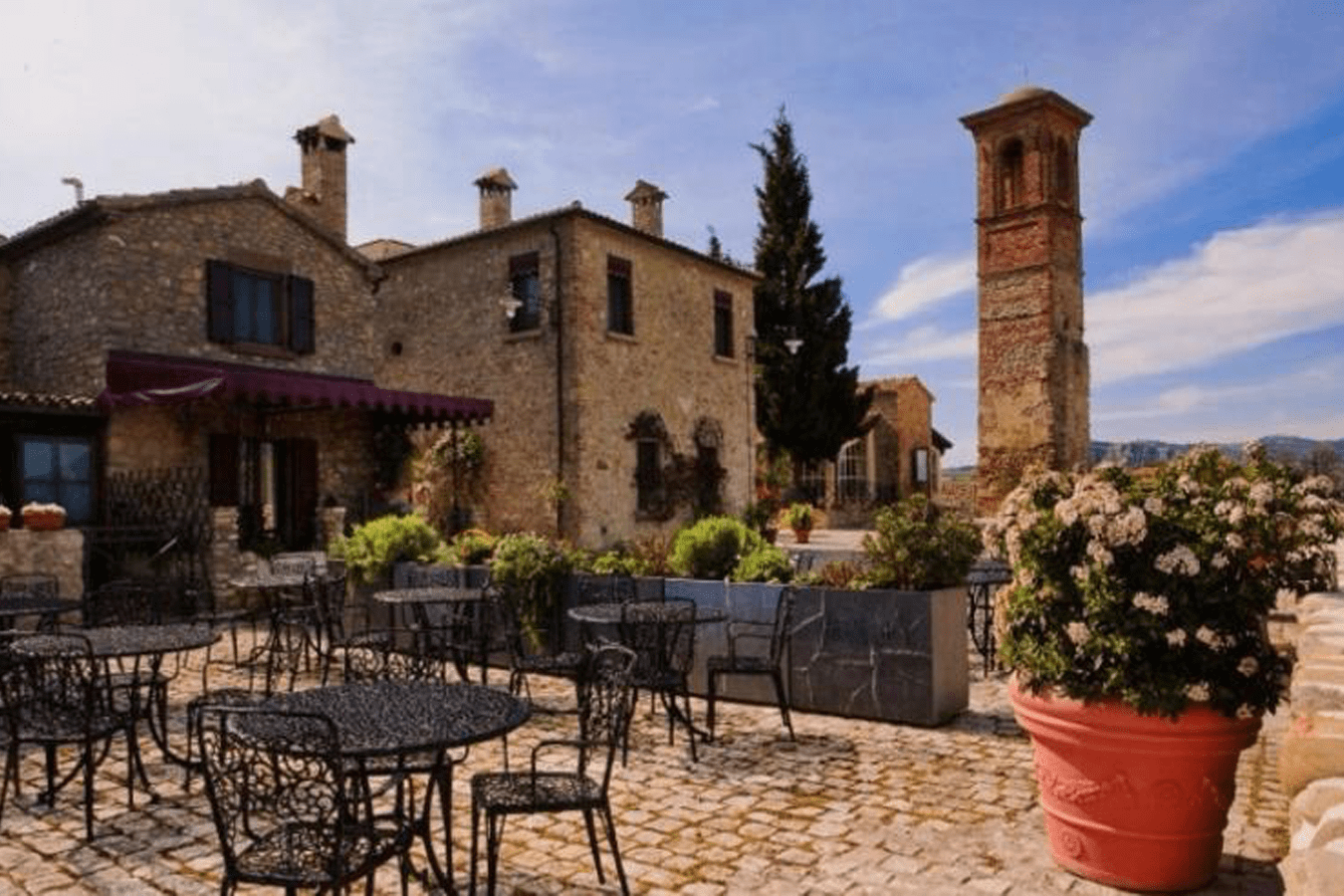San Marino travel tips
San Marino travel tips: Landlocked microstate in Italy, boasts medieval charm, UNESCO sites, and breathtaking mountain views in its compact territory.
Municipalities 🌎
San Marino travel tips. Here is a list of all the municipalities of the San Marino.

City of San Marino

Acquaviva

Borgo Maggiore

Chiesanuova

Domagnano

Faetano

Fiorentino

Montegiardino

Serravalle
Before you go 🛩
Important information you should know before your trip
Info

Capital | San Marino
Flag Codes:
ISO alpha-2 SM,
ISO alpha-3 SMR
Currency
Badge | Euro
CODE | EUR
NUMBER | 978
SYMBOL | €
FRACTION | Penny
Mobile Coverage
Dialing Code | +378
SIM Card
Coverage | 3G / 4G / 5G |
Mobile Networks |

Location
San Marino is a small landlocked country located in Southern Europe. It is entirely surrounded by Italy and is situated on the northeastern side of the Apennine Mountains. The geographic coordinates of San Marino are approximately 43.9424° N latitude and 12.4578° E longitude.
The country covers an area of about 61 square kilometers (23.6 square miles) and is one of the world’s smallest independent states. Despite its small size, San Marino has a rich history, and it claims to be the world’s oldest surviving sovereign state and constitutional republic, with a history dating back to the early 4th century.
Currency
The currency of San Marino is the Euro (EUR).
San Marino does not have its own currency and has used the Euro as its official currency since 2002.
Languages
The official and most widely spoken language in San Marino is Italian. San Marino is a microstate within Italy, and therefore Italian is the language commonly used in everyday life, public administration, education, and the media.
In addition to Italian, other languages are also spoken to a lesser extent. Some of them are:
Romagnol: is a dialect of Italian spoken in the Emilia-Romagna region of Italy and in some parts of San Marino.
English: It is widely used in tourism and business in San Marino.
Spanish, French, German and other European languages: they are also spoken in San Marino, especially for tourism and business reasons.
Climate 🌡
San Marino has a Mediterranean climate, characterized by warm, dry summers and mild, wet winters. The country’s geographic location in the Apennine Mountains of Southern Europe influences its climate. Here are the key features of San Marino’s climate:
Summers (June to August): Summers in San Marino are generally warm and sunny, with average daytime temperatures ranging from 24°C to 30°C (75°F to 86°F). July and August are the warmest months, and occasional heatwaves can lead to higher temperatures. However, the mountainous terrain provides some relief from extreme heat.
Autumn (September to November): Autumn brings cooler temperatures, with average highs ranging from 18°C to 24°C (64°F to 75°F). It is a pleasant time to visit as the weather is generally mild, and the landscape turns vibrant with autumn colors.
Winters (December to February): Winters are mild compared to many other European countries, but they can still be chilly, especially in the higher elevations. Average temperatures during winter range from 3°C to 9°C (37°F to 48°F). Snowfall is possible, particularly in the mountainous regions, making it a picturesque time to visit.
Spring (March to May): Spring brings milder weather and a burst of colorful flora. Temperatures gradually increase, with average highs between 12°C and 19°C (54°F to 66°F). Spring is a popular time to visit San Marino, as the landscape is lush and inviting.
San Marino travel tips
If you’re planning a trip to San Marino, here are some travel tips to enhance your experience:
Historic Charm:
Explore San Marino’s ancient cobblestone streets, medieval castles, and UNESCO-listed historic sites for a trip back in time.
Monte Titano Views:
Hike up Monte Titano for panoramic views of the surrounding countryside and the Adriatic Sea.
Museums:
Explore San Marino’s museums, including the State Museum and the Museum of Curiosities, for a deeper understanding of its culture.
Shopping:
Enjoy tax-free shopping for luxury goods, fashion, and local crafts in the boutique stores along the streets.
Transportation:
Utilize the efficient bus system or rent a car to explore San Marino and its picturesque surroundings. View Guide.
Festivals:
Plan your visit during festivals like the San Marino Jazz Festival or the Medieval Days for a lively cultural experience.
Weather:
Check the weather before your visit, as it can vary, and pack accordingly, especially if you plan on hiking.
Enjoy your time in San Marino!

The best of the best
San Marino’s cuisine is influenced by Italian and Mediterranean flavors, and it features a variety of delicious dishes that showcase the country’s local produce and culinary traditions.

Torta Tre Monti
This is the most famous dessert of San Marino. It is a layered wafer cake filled with chocolate and hazelnut cream.

Cacciatello
Cacciatello is a traditional dish made with sheep’s milk cheese, often served as an appetizer or side dish.

Piadina
Piadina is a flatbread made with simple ingredients such as flour, water, olive oil, and salt.
Here are some typical foods of San Marino:
Passatelli: Passatelli is a type of pasta made from breadcrumbs, eggs, Parmesan cheese, and lemon zest. The mixture is formed into small, cylindrical shapes and cooked in broth. It is a comforting and hearty dish, especially during the colder months.
Strozzapreti: Strozzapreti is a traditional pasta shape that resembles twisted or rolled-up towels. It is commonly served with various sauces, such as tomato-based sauces, ragù, or pesto.
Coniglio in Porchetta: This dish consists of rabbit seasoned with herbs and spices, then roasted to perfection. It is a flavorful and aromatic dish that reflects the country’s rural traditions.
Nidi di Rondine: Nidi di Rondine, which means “swallow’s nest,” is a baked pasta dish made with layers of pasta sheets, béchamel sauce, tomato sauce, and ham. It is similar to lasagna but with its unique twist.
Brodetto: Brodetto is a fish soup that is popular in coastal regions. It is made with various types of fish and shellfish cooked in a tomato-based broth, often flavored with garlic, white wine, and herbs.
Olive Ascolane: Although not originally from San Marino, these stuffed olives are popular throughout the region. They are large green olives stuffed with a mix of meat, cheese, and herbs, then breaded and fried until golden and crispy.
Sangiovese Wine: While not a food, Sangiovese wine is an essential part of the San Marino culinary experience. The country produces its own wines, and Sangiovese is one of the primary grape varieties used.
The country’s cuisine celebrates fresh, locally sourced ingredients and a blend of Italian and regional flavors, making it a delightful culinary destination for visitors.
Transportation 🚥
More information about this country
Choose your destination 📍🗺
Useful Links ✅



